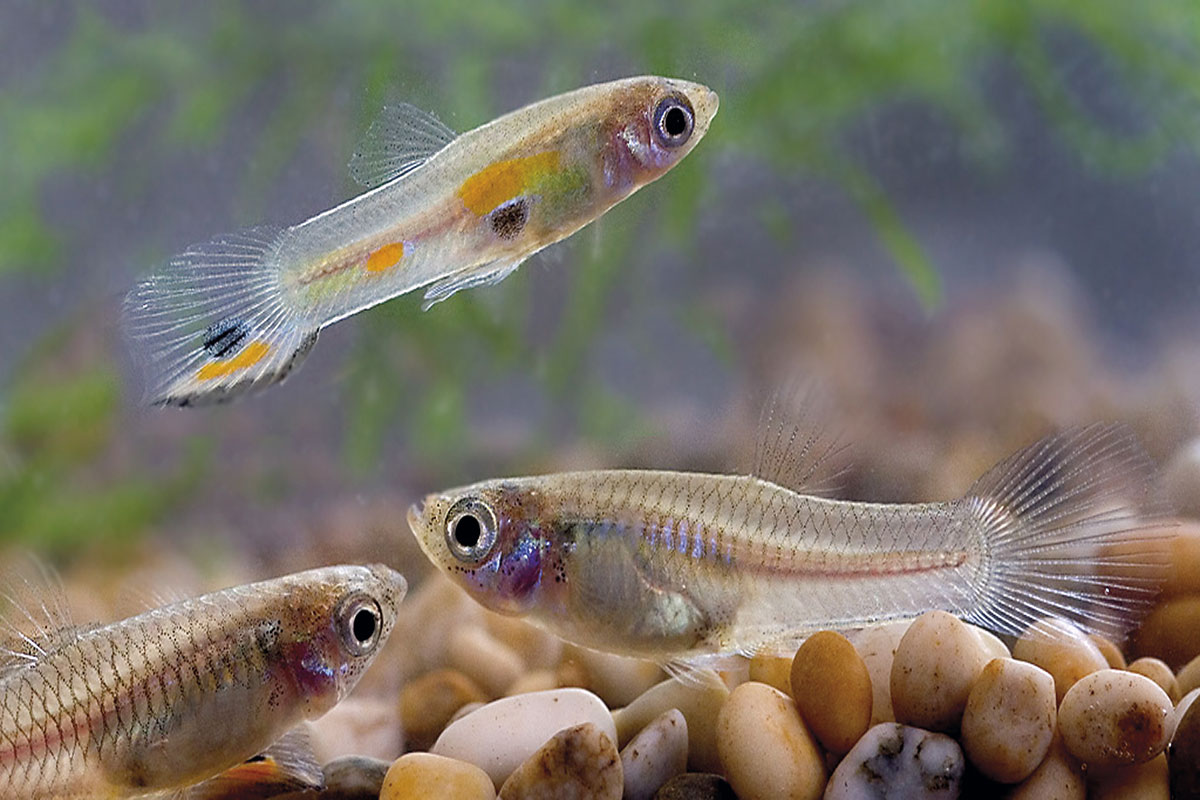
«To be fainthearted, to be bold, to be raging mad… not to find, beyond your lover, satisfaction or peace… to drink poison as if it were a soothing liquor… to believe that heaven can lie contained in hell». Few words can better distil the essence of something that has obsessed humanity since long before Lope de Vega scribbled them on paper, Jane Austen gave life to the essential Mr Darcy, or the delicate image of the beautiful Nefertiti was sculpted. Sexual desire and the search for love are an inextricable part of our lives, but the search for a partner has obsessed us since long before we were human.
Charles Darwin addressed this in what he called sexual selection: the idea that evolution favours traits that, even though they may make their bearers easier targets for predators, they actually give them an edge over other individuals of the same species when it comes to reproduction. This principle explains the evolution of the peacock’s distinctive feathers, as well as many other ornaments that have evolved because they are more attractive to members of the opposite sex. Choosy mates, in turn, derive two types of benefit from mating with partners with more exaggerated ornaments. Direct benefits, in the form of better parental care or territories with more food or shelter, and indirect benefits, where the advantage is linked to the genes their offspring will inherit.
On the one hand, mating with a highly ornate partner may mean that your offspring will inherit a genetic endowment associated with high viability, survival and ability to acquire resources, because only individuals in very good condition can afford to be highly ornate (the good genes hypothesis). On the other hand, the advantage may simply be that if an ornament is attractive to the opposite sex, reproducing with an ornate partner means that the offspring will inherit this appeal and therefore reproduce more, even if they have the same ability to survive as unornamented individuals (the sexy sons hypothesis).
The theory of sexual selection has been extensively tested, extended, and refined since it was first formulated, but there are of course many questions that remain to be fully resolved. One of these is the Lek paradox. If all females of a species are more attracted to the most ornate males, and their offspring inherit these traits, why don’t they all end up equally ornate? The answer may at least in part lie in the beauty of rarity.
We have long known that females in various animal species show strong preferences for males with relatively rare ornaments in their population, but we have not been able to understand why. Tomos Potter and his colleagues have solved this puzzle by studying the colourful guppies, which live in the wild in the streams of the island of Trinidad but are familiar to us because they swim around in the fish tanks of every respectable pet shop. In this species, females are overwhelmingly attracted by fish of a different colour pattern to that of other males in the population. This results in their offspring inheriting the genes for these «rare» colours, making them the sexiest in the area and thus the males that will in turn leave the most offspring. After two generations, however, the grandchildren of these rare males face a problem. Given the enormous reproductive success of their grandparents and parents, their colour patterns become common in the population, and therefore less attractive. Now, other males will be the rare ones, and another cycle of selection will begin in a process that will never favour any single type of ornamentation, thus maintaining an exuberant diversity of shapes, patterns, and colours in the population. Many mysteries remain, such as understanding the evolutionary origin of the preference for rare individuals, but for the time being this phenomenon offers us an answer to the Lek paradox. Long live the rare!





